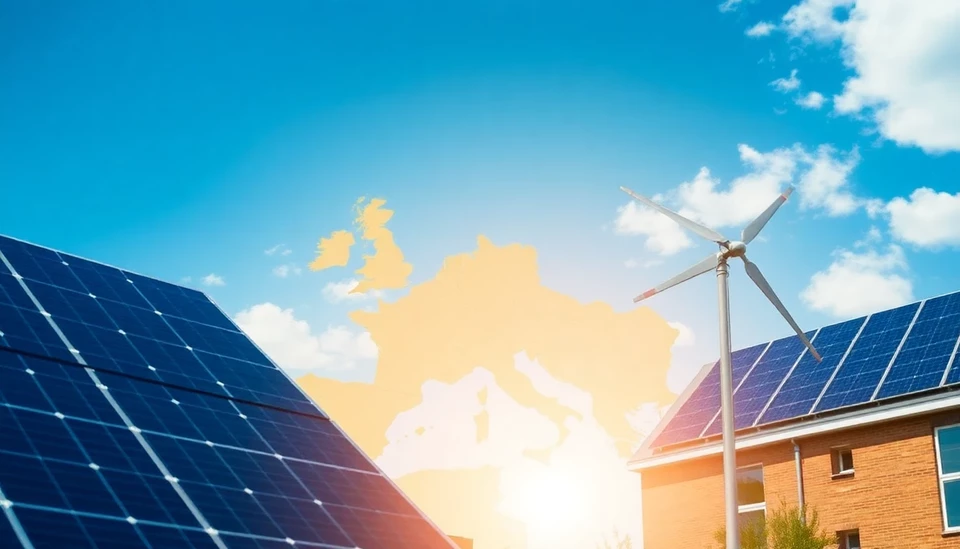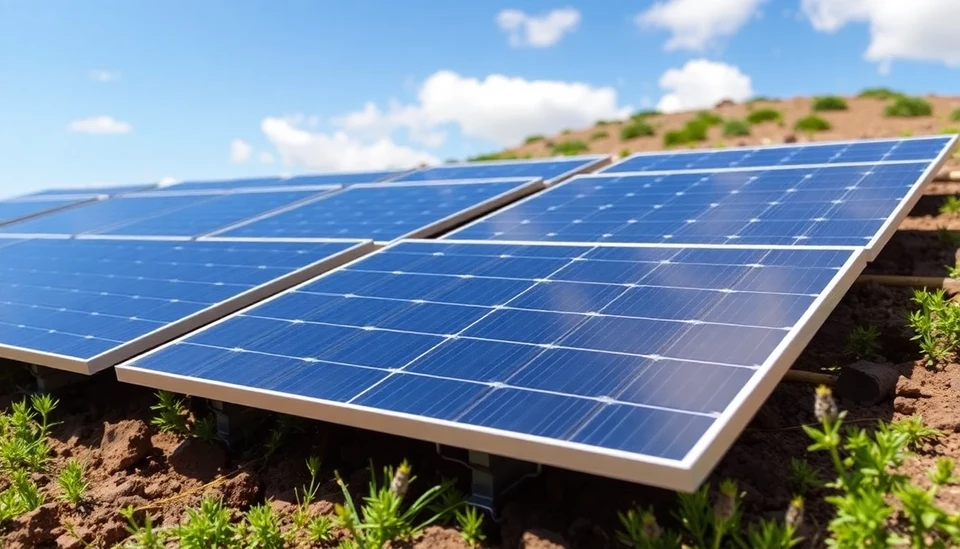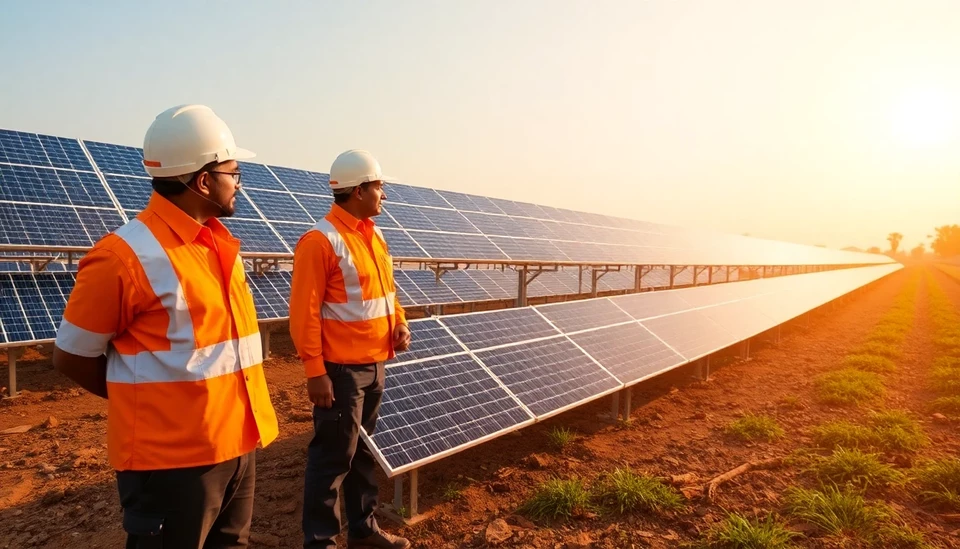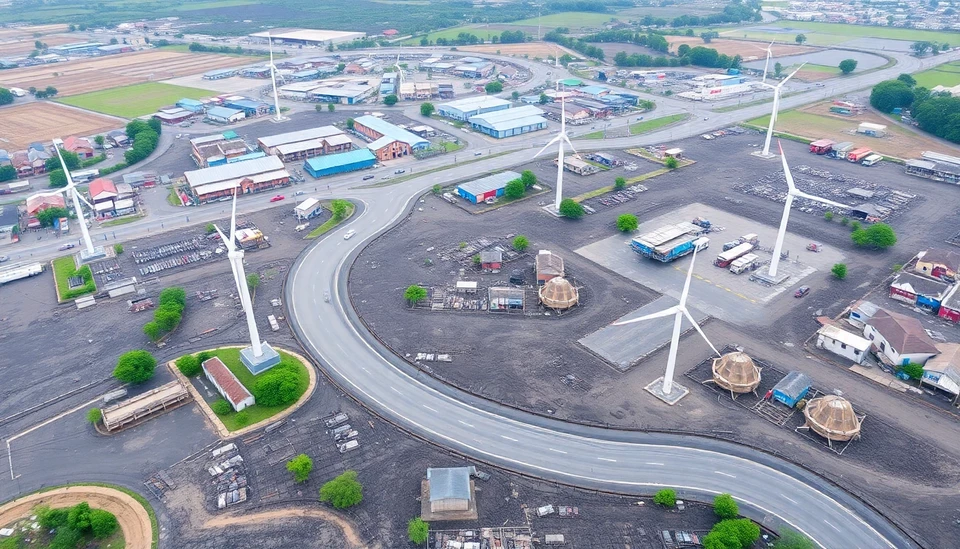
In a significant shift in the European energy market, peak power prices have been experiencing noticeable pressure, attributed to the rapid expansion of solar energy generation across the continent. This trend is reshaping the traditional electricity pricing dynamics and is expected to have lasting implications for both consumers and energy producers.
As the continent faces a continued transition towards renewable energy sources, data indicates that Europe has witnessed an impressive increase in solar power installations. Driven by favorable policy conditions, technological advancements, and declining costs, solar energy is becoming a more prominent player in the power generation landscape. The International Energy Agency projected that solar output in Europe could continue to rise, which adds to the growing renewables mix in the energy supply.
Market analysts are observing that the increase in solar generation, particularly during peak sunlight hours, has led to a decrease in the wholesale electricity prices. This is particularly relevant during hot summer months or sunny days when solar facilities generate high volumes of energy. As a result, traditional fossil fuel plants and nuclear power are feeling the strain as they struggle to remain competitive in an increasingly solar-dominated market.
This transformational shift in energy production not only benefits consumers who may be enjoying lower energy bills but also brings challenges to traditional energy suppliers who rely on stable pricing and demand for fossil fuel-generated electricity. Many of these companies are now forced to re-evaluate their business models and adapt to the new energy landscape to stay viable.
Moreover, the growing investment in solar infrastructure is also impacting peak demand. With more consumers and businesses harnessing solar energy, the reliance on centralized power generation during peak hours is expected to diminish. This has wide-ranging implications for grid management and energy storage solutions, prompting a call for innovation in battery technology and other storage methods to handle energy supply fluctuations effectively.
Policymakers are taking notice of these changes and are working on long-term strategies to support this transition. Investing in grid enhancements, energy storage technologies, and transitioning to a more decentralized energy model is seen as essential to ensure that Europe can meet its ambitious climate goals while maintaining energy security.
In conclusion, the surge in solar generation is fundamentally altering the European power market landscape. With prices under pressure from increased solar output, both consumers and energy producers stand at a crossroads as they adapt to the future of energy in Europe. The outcomes of this transformation will likely dictate the direction of energy policy and investment for years to come.
#SolarEnergy #RenewableEnergy #ElectricityPrices #EnergyMarket #EUClimateGoals #SustainableFuture #EnergyTransition
Author: Peter Collins




